All about barbecue briquettes
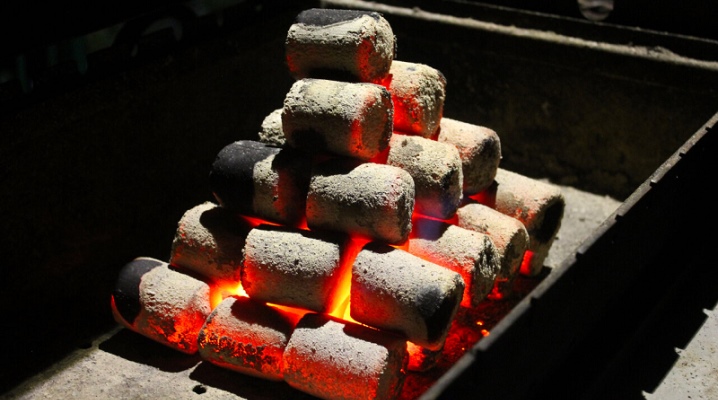
It is difficult to find out everything about barbecue briquettes, and this is not surprising, because the supply market always depends on demand, and the demand for this environmentally friendly type of fuel is great, especially in the warm season.
The quality of the fuel used is one of the main factors affecting the taste and texture of food, its digestibility. When cooking meat, fish and even vegetables, it is necessary to maintain a certain temperature and evenly distribute the heat. In addition, briquettes save time for people gathered for a picnic.
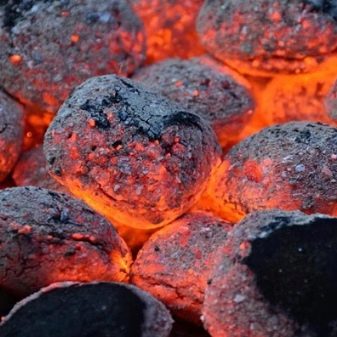
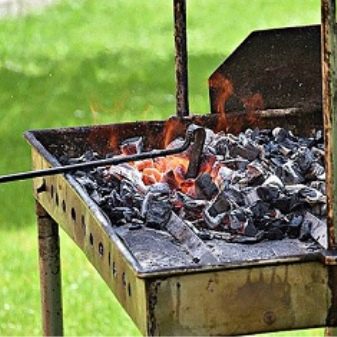
Peculiarities
Barbecue briquettes are an alternative to traditional charcoal, which can be purchased in retail chains or made on your own. In modern reality, few people are engaged in the manufacture of charcoal. Those who value time and have a limited amount of it for recreational activities prefer to buy ready-made options. Coals are made from a wide variety of wood types, from birch to conifers. The most expensive are coconut, which is obtained from a nutshell and is considered the most environmentally friendly.
If you listen to the experts' opinion, wood briquettes made from deciduous varieties are the best for cooking, since they have no aromatizing compounds and very little moisture, which provides a quick burn-off time and a more distinct taste of food.
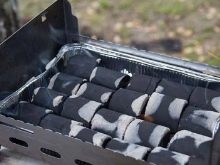
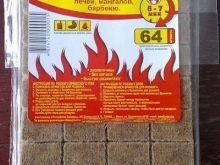
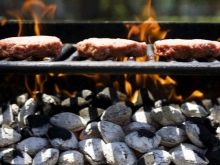
Every avid proponent of barbecue cooking has their own predilections for a particular type of wood and the flavor that it gives to dishes. Coals cannot be found from all varieties, so sometimes they are made on their own, especially if there are felled fruit trees in the country.
Real connoisseurs buy charcoal in large packages (this is more profitable) with large pieces (they burn out more slowly). The material is cooked at a high temperature and is not the cheapest. Those who want to save time and money, or simply do not attach much importance to such conventions, buy fuel briquettes. Both types of fuel perfectly meet their purpose, they have their positive and negative sides.
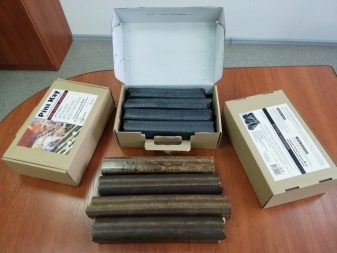
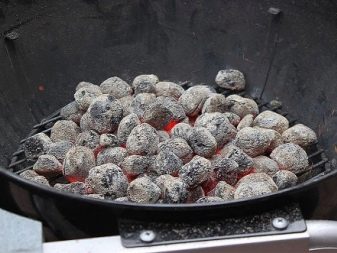
The features of briquettes include the following.
- Composition. In addition to charcoal, they may contain peat, sawdust, cereal straw, wood waste or highly flammable substances.
- A method of bonding composite components. Various options are used: from starch and resin to synthetic glue.
- Appearance. These are easy-to-use pads, unlike regular charcoal, which can be large or small.
- Burnout duration and the ability to produce higher temperatures for up to several hours.
- Compactness and flammabilityobtained by fabrication using pressure.
- Higher cost than coal.
The aesthetes of outdoor cooking are sure that there are more negative aspects to the use of briquettes than positive aspects: from the taste that delicacies acquire to the danger of dubious components settling on food. But fuel briquettes also have many supporters who prefer quick and easy preparation, confident that expensive products are safe and environmentally friendly. Some people on an unlimited budget purchase briquettes for heating country mansions, fireplaces in winter homes and living rooms.
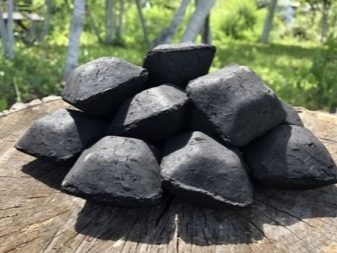
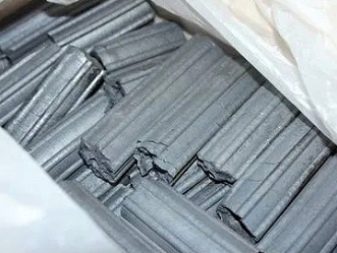
Selection rules
Experts in this field provide a number of valuable tips. The first of them is not to use coal for cooking on the grill, since it contains toxic substances that, during such cooking, settle on the surface of the food. Buying charcoal also has its own peculiarities: you should not buy packaging in stores with reduced prices (it is likely that another, dubious origin, will be sold under the guise of birch charcoal). You should look for a package with a large weight (preferably 10 kg), which will cost less. Better to take options with the inscription "calibrated" so that the pieces are of the same size.
Gourmets prefer birch charcoal, as a product made of coniferous trees, in their opinion, smokes, burns out faster and gives food a specific flavor that not everyone likes. They are sure that such purchases are best done in specialized stores or in large retail chains.
Studying the label, choosing a trusted manufacturer, detailed information about the composition and the author are indispensable conditions for making the right choice, as well as a high price.
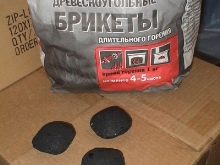
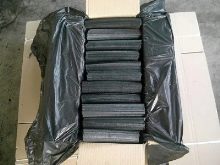
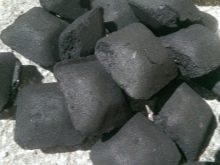
There are some differences in the choice of briquettes for cooking on the grill, but in general the principles remain the same.
- Purchase on trusted networkswhere the quality of the products is high or in specialized stores where the goods are selected according to certain criteria.
- Verified manufacturer. If there is no experience in this industry, you can see the ratings of demand, the time of the company, reviews of experts and buyers. There are excellent domestic manufacturers (Sevzapugol, Every Day), whose goods are of high quality, but the consumer does not pay for transportation and customs clearance.
- Chemical composition, which must certainly be indicated in the product annotation. Cheap briquettes may contain components that affect the sustainability and taste of the cooked food. In a high-quality briquette, natural substances of plant origin prevail, and starch is used for bonding.
- Packing size. There are 2 and 2.5 kg, as well as 10. The rule applies here, which is applied in products, - for the purchase of a larger quantity, the consumer pays less. A 10kg package will save you money.
- Release time and shelf life: the longer the briquettes have stood in improper conditions, the more difficult it is to use them and the worse the combustion.
The age-old debate about what is best to use for grilling food is pointless and useless. Charcoal and briquettes, appropriate and properly selected, are perfect for grilling, barbecuing and barbecuing, burning fireplaces and stoves. Briquettes are more efficient, less of them are required, besides, the cook does not have to permanently control the cooking process and add fuel. He will be able to relax and devote time to household members and guests.
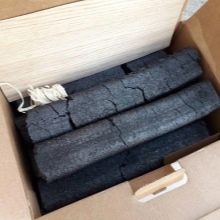
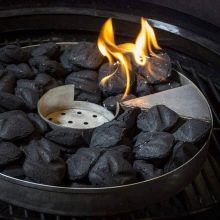

How to ignite?
Industrial chemistry and thousands of years of experience with fire give the chef a whole arsenal that can be used to ignite briquettes:
- lighter fluid: economical, safe, odorless and non-toxic (and there are many on offer);
- a gel for the same needs: oil or paraffin, it is even safer and more convenient;
- a gas burner, provided that it is available in the country or in a country house;
- building hair dryer, heating and drying at the same time;
- a fan or any other object that supplies air along with oxygen to the brazier;
- folk methods, of which there are many.
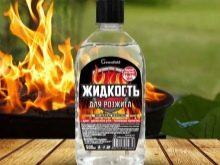
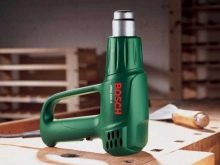
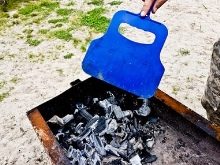
The simplest and most famous is paper or newspaper, which is folded into a tube and placed under correctly folded briquettes. By setting fire to paper, you can achieve a quick fire, but on condition that the grill is under a canopy or there is no natural precipitation.
You can make splinters or chips and apply along with paper. Having carefully studied the range of specialized stores, you can find birch bark, wood rolls, the same splinter or chips intended for ignition on the shelves.Unlike those found in the forest or in nature, they are dried and hermetically packed, so they burn quickly and effectively ignite the fuel raw materials. All this will come in handy if the cook is not a military man and not an experienced tourist who kindles a fire with one match. Firing up is easy thanks to the skills acquired: professional or acquired in conditions of dire need.
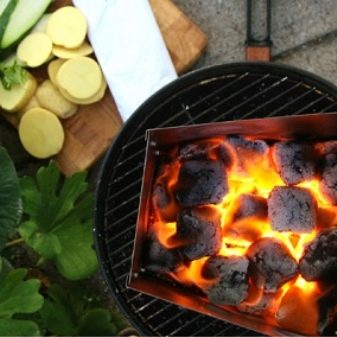
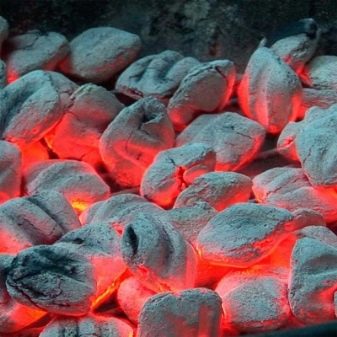





























































The comment was sent successfully.